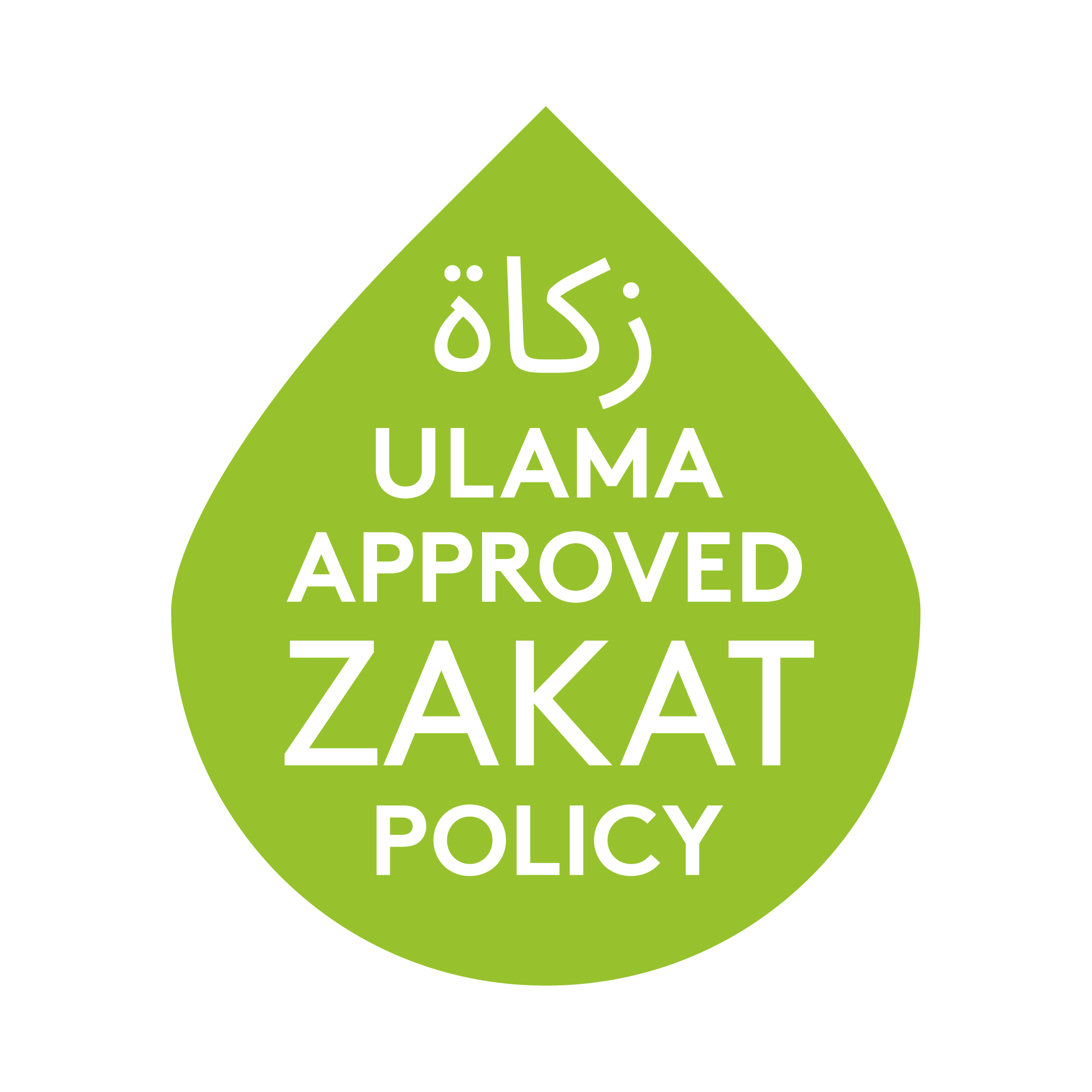Learn what the education system is like in the Middle East, and how you can help a Middle Eastern child in need gain access to schooling with Muslim Aid.
We are a faith-based British international charity that provides help to people who are victims of natural disasters or conflict or suffering from poverty, hunger, disease, homelessness, injustice, deprivation or lack of skills and economic opportunities.
© Copyright 2024. Muslim Aid. All Rights Reserved.
Charity CIO No. 1176462
Serving humanity since 1985.

